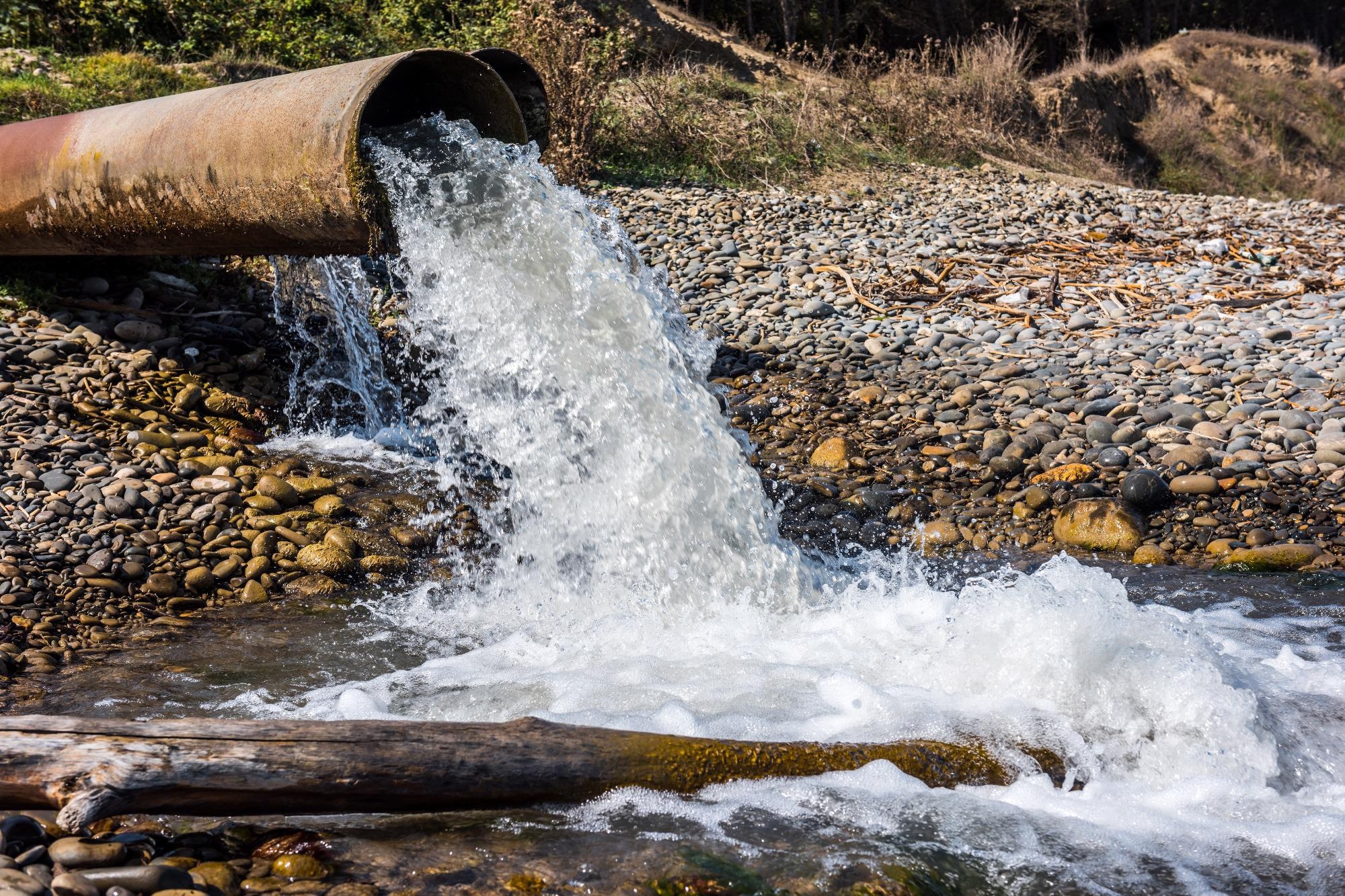Synthetic dyes are utilized in a wide range of industries and are a major source of pollution in bodies of water. These colors are not only hazardous, but they also last for a long period in the environment without degrading. Adsorption — a process in which a chemical molecule gets bound to the surface of a substrate termed an adsorbent — is used in most efforts to remove synthetic dyes from water.

Image Credit: Shutterstock.com/ Vastram
Carbon-based adsorbents are widely utilized, but they are constrained by the necessity for a secure disposal method for the old adsorbent and the difficulty to recycle the material. Many polymers have been studied as adsorbents, however, their water solubility and stability are poor.
Prof. Wei-Hsin Chen at National Cheng Kung University in Taiwan is part of an international team of researchers that has created a unique eco-friendly and recyclable nanocomposite-based method for eliminating hazardous dyes from wastewater. The study was published on January 5th, 2022, in the Journal of Hazardous Materials.
Carboxymethyl cellulose (CMC) is an inexpensive cellulose derivative that is easy to produce, eco-friendly, and biocompatible. But it has relatively poor thermal and mechanical properties. In our study, we successfully improved CMC by combining it with polyacrylic acid (PAA). The prepared materials can be efficient adsorbents for ionic pollutants in wastewater treatment.
Wei-Hsin Chen, Distinguished Professor, Department of Aeronautics and Astronautics, National Cheng Kung University
CMC is a well-studied, low-cost polymer made from natural cellulose, which is an abundant polymer available in plants and microalgae like Chlorella sp. The researchers mixed CMC with PAA, a non-toxic, water-loving and safe polymer, and then loaded graphene oxide into the resulting hydrogels.
Finally, researchers turned the hydrogels into “aerogels,” which are highly porous networks including air pockets with strong adsorptive capabilities, by exposing them to repeated washing and freeze-drying cycles.
The researchers used field emission scanning electron microscopy and research lab techniques to evaluate the aerogels and discovered that varying amounts of graphene oxide formed different-sized holes inside the aerogel. Scientists discovered that adding graphene oxide to the nanocomposite hydrogels enhanced their specific surface area and thermal stability.
Researchers also noticed that when the quantity of graphene oxide increased, the pore size of the hydrogels reduced. Furthermore, after 250 minutes, the aerogel generated in this work showed a methylene blue adsorption capacity of 138 mg/g, which is one of the largest methylene blue adsorption capabilities reported in literature.
The adsorbent developed in this study is both environmentally friendly and cost-effective, indicating its high application potential for the removal of cationic dyes from wastewater.
Wei-Hsin Chen, Distinguished Professor, Department of Aeronautics and Astronautics, National Cheng Kung University
Finally, the scientists determined that even after nine cycles of usage and regeneration, the new hydrogels preserved roughly 90% of their adsorption capability.
The researchers then used density functional theory (DFT) simulations to figure out what was causing the hydrogels’ high adsorption capacity.
The findings of their simulations indicated that methylene blue bonded to graphene oxide more firmly than CMC or PAA. Scientists also discovered that pi-electron bonding, hydrogen bonding and electrostatic interactions were involved in methylene blue adsorption on the graphene oxide in the nanocomposite.
The nanocomposite hydrogels developed in this work are an environmentally friendly, efficient, stable and reusable adsorbent material for removing synthetic dyes from wastewater, resulting in environmental and human health benefits.
Journal Reference:
Hosseini, H., et al. (2022) Removal of methylene blue from wastewater using ternary nanocomposite aerogel systems: Carboxymethyl cellulose grafted by polyacrylic acid and decorated with graphene oxide. Journal of Hazardous Materials. doi.org/10.1016/j.jhazmat.2021.126752.